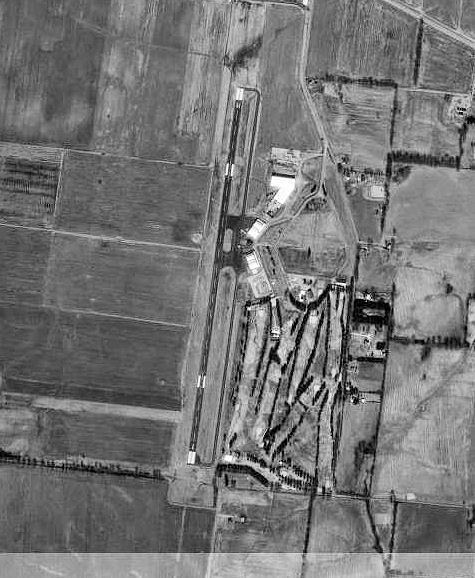Airport type Public 1/19 6,500 1,981 Asphalt Phone +1 731-885-1221 | Elevation AMSL 336 ft / 102 m 6,500 1,981 Code UCY | |
 | ||
Address 1489 Airport Circle Rd, Union City, TN 38261, USA Similar Fulton Airport‑1, Discovery Park of America, Everett‑St Regional Airport, Dyersburg Regional Airport‑Dyr, Union City Daily Messeng | ||
Everett–Stewart Regional Airport (IATA: UCY, ICAO: KUCY, FAA LID: UCY) is a county owned, public use airport in Obion County, Tennessee, United States. It is located four nautical miles (5 mi, 7 km) southeast of the central business district of Union City, Tennessee. This airport is included in the National Plan of Integrated Airport Systems for 2011–2015, which categorized it as a general aviation facility.
Contents
The airport is named for Senator Tom Stewart and Congressman Robert A. "Fats" Everett.
Facilities and aircraft
Everett–Stewart Regional Airport covers an area of 857 acres (347 ha) at an elevation of 336 feet (102 m) above mean sea level. It has one runway designated 1/19 with an asphalt surface measuring 6,500 by 100 feet (1,981 x 30 m).
For the 12-month period ending October 30, 2009, the airport had 20,000 aircraft operations, an average of 54 per day: 92% general aviation, 7% air taxi, and 2% military. At that time there were 25 aircraft based at this airport: 76% single-engine and 24% multi-engine.
History
Established in 1942 by the United States Army Air Forces. Also known as Union City Airport. When activated on July 5, 1942, airfield had one 1,800' (01/19) runway of hard asphalt surface, and a 4000 x 3900 sod landing/takeoff area. Also may have had 3 auxiliary landing fields in area.
Airfield was operated under contract to USAAF by Embry Riddle-McKay Co. of TN & Riddle Aeronautical Institute providing basic flight (level 1) instruction to aviation cadets. Fairchild PT-19s were the primary trainer used. Also had several PT-17 Stearmans and a few P-40 Warhawks assigned. Performed contract training until airfield was inactivated on April 15, 1944 with the drawdown of AAFTC's pilot training program.
At the end of the war, the airfield was turned over to civil control through the War Assets Administration (WAA).
